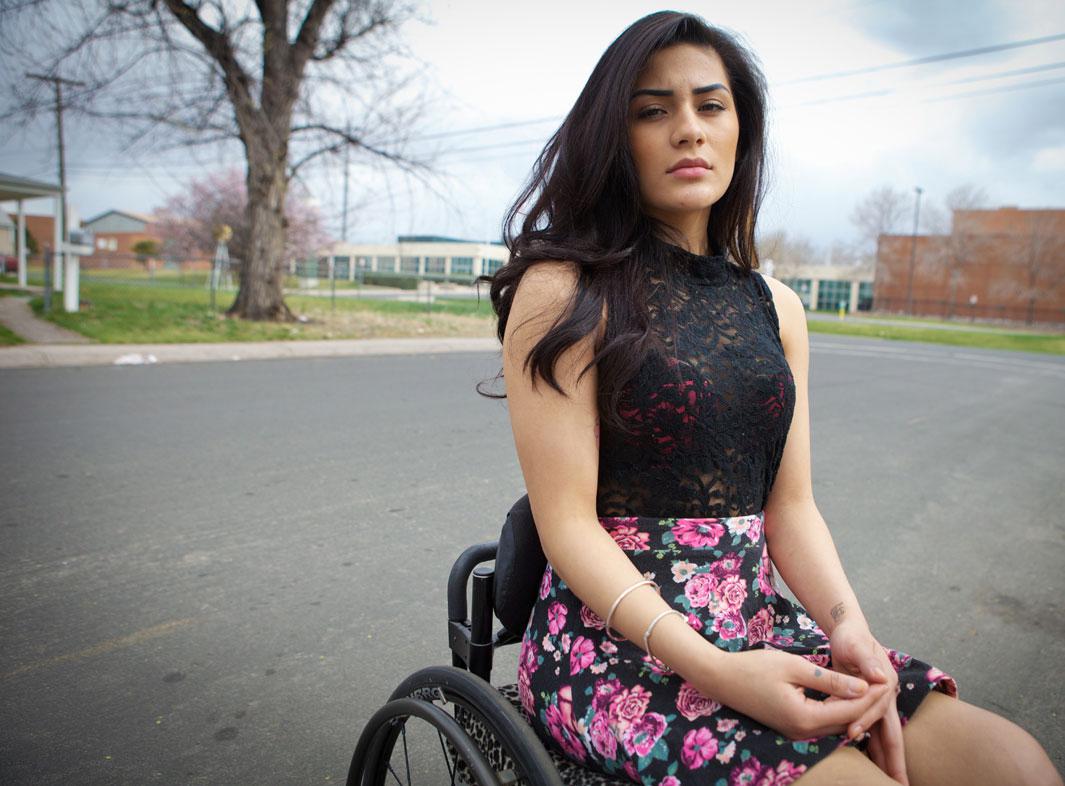A couple of years ago, Kathy Shorr heard about a man, Antonius Wiriadjaja, who had been shot on a crowded Brooklyn street corner in the middle of the afternoon.
Drawn to the story, she reached out with a project she was considering about survivors of gun violence. Wiriadjaja had been blogging about the shooting and his recovery and agreed to be the first person Shorr would photograph for the series “Shot.”
“We always tend to think about the people who die in these tragedies but we don’t give a second thought to the people who survive,” she said. “I thought it would be interesting to do a story about them.”
Since the end of 2013, Shorr has photographed 51 people around the country. Finding survivors isn’t easy—she spends a lot of time scouring the Internet, reaching out to survivors, and connecting with various support groups, doctors, lawyers, and newspaper reporters to try to find willing participants. It also isn’t cheap. She self-funds her work, cashing in miles and savings to travel to locations where she tries to photograph as many people as possible. (Her next stops this month will be New Orleans and Kansas City.)

Kathy Shorr
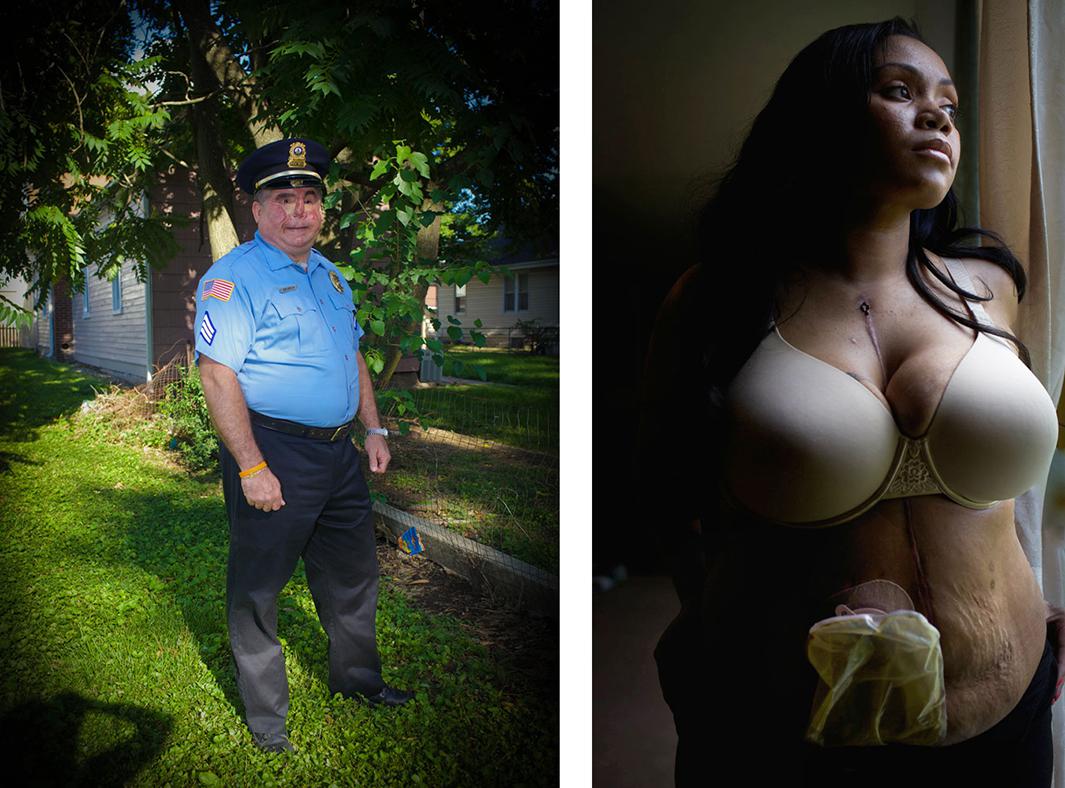
Kathy Shorr
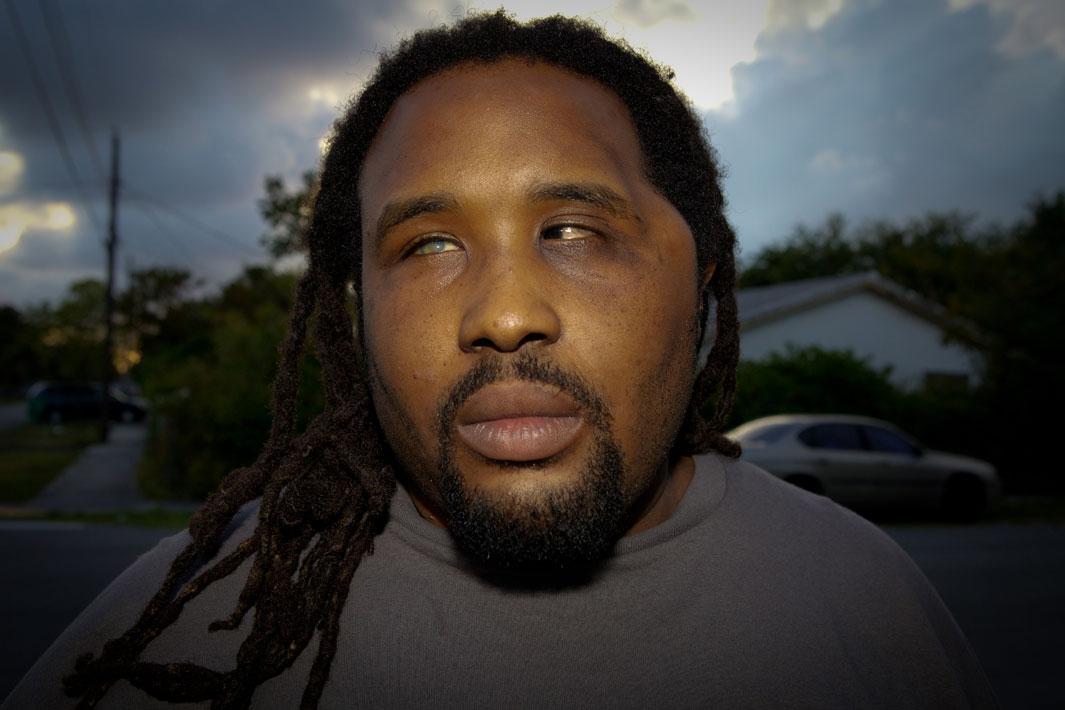
Kathy Shorr
Her goal is to reach 100 people around the country with a wide range of demographics including age, gender, location, and race as well as a wide cross section of reasons people were shot. She is, however, looking to finish with around 20 percent of the project focused on victims of domestic violence.
Most of the images were taken at the spot where the subjects were shot, something Shorr feels gives a sense of “normalcy” and familiarity to her work. In addition, before setting up the shot, Shorr has already spoken to her subjects either by phone or email and she asks them to write about their experiences. She then spends around half an hour getting to know them better by meeting with them in their homes or in public spaces. “We have connected with the idea and it’s really natural. I haven’t felt that anyone has been hard to communicate with,” she said.
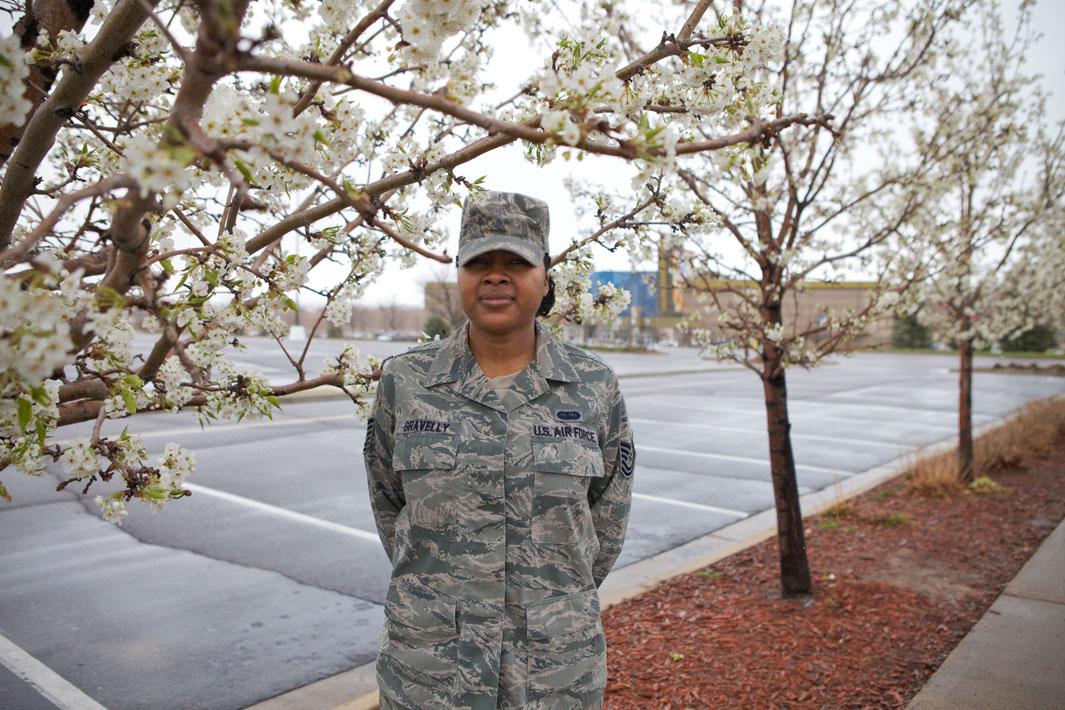
Kathy Shorr
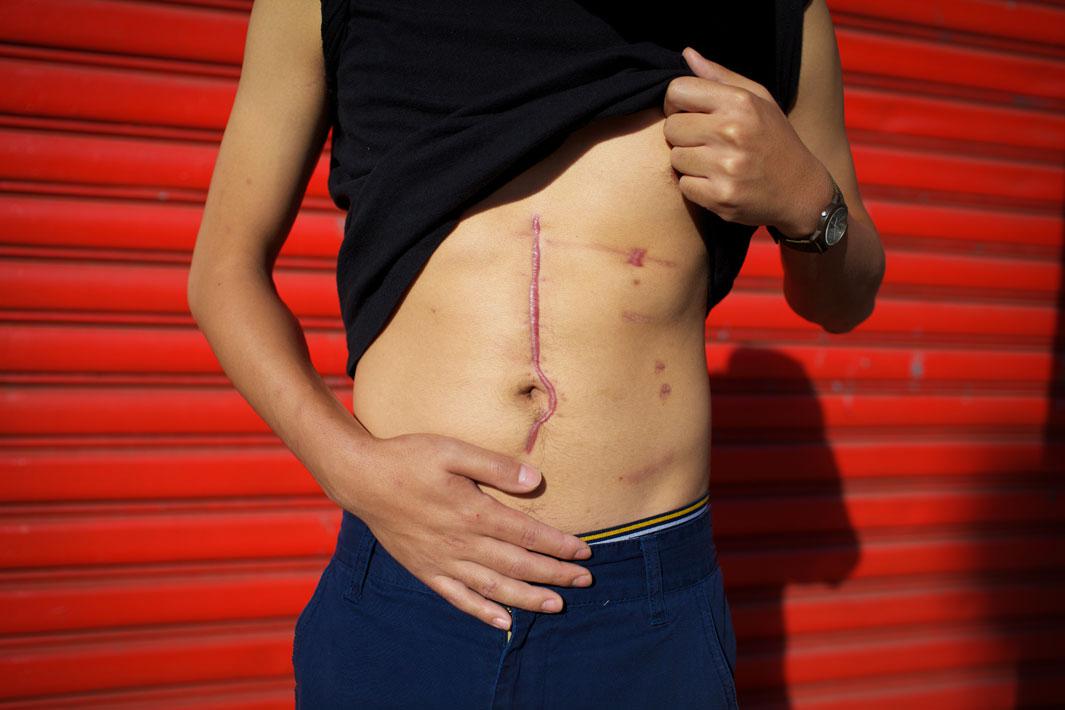
Kathy Shorr
The work is a mix of environmental portraiture as well as, in many cases, an image of the subject’s scar. Three of the people in the series were shot more than 11 times and are still able to walk despite the bullets that hit them.
“Many of the survivors had little chance of surviving but they did,” Shorr said. “It led me to believe there is so much randomness and luck to why this happens and how the bullets travel and hit or miss organs, nerves, etc. … I think showing how the shootings affect people differently or visibly is an important part of the series.”
Eventually Shorr hopes to turn the work into a book and traveling exhibition. Her goal is to not only get people speaking about gun violence but to also change the ways in which that dialogue is conducted so it’s not only about taking away all of the guns.
“The idea is to have images of people that anybody can look at and identify with,” she said. “I photographed a woman shot in church, a guy shot because he didn’t pay his car repair bill, a policewoman shot in front of a Walmart by her husband. … These are situations anyone can empathize with.”
“This is a very gray issue, to say we’re going to take away your guns is not going to open the dialogue. The idea is to look at this, to think about it and hopefully it’s a project that doesn’t polarize but instead makes people start to talk and to think about things.”
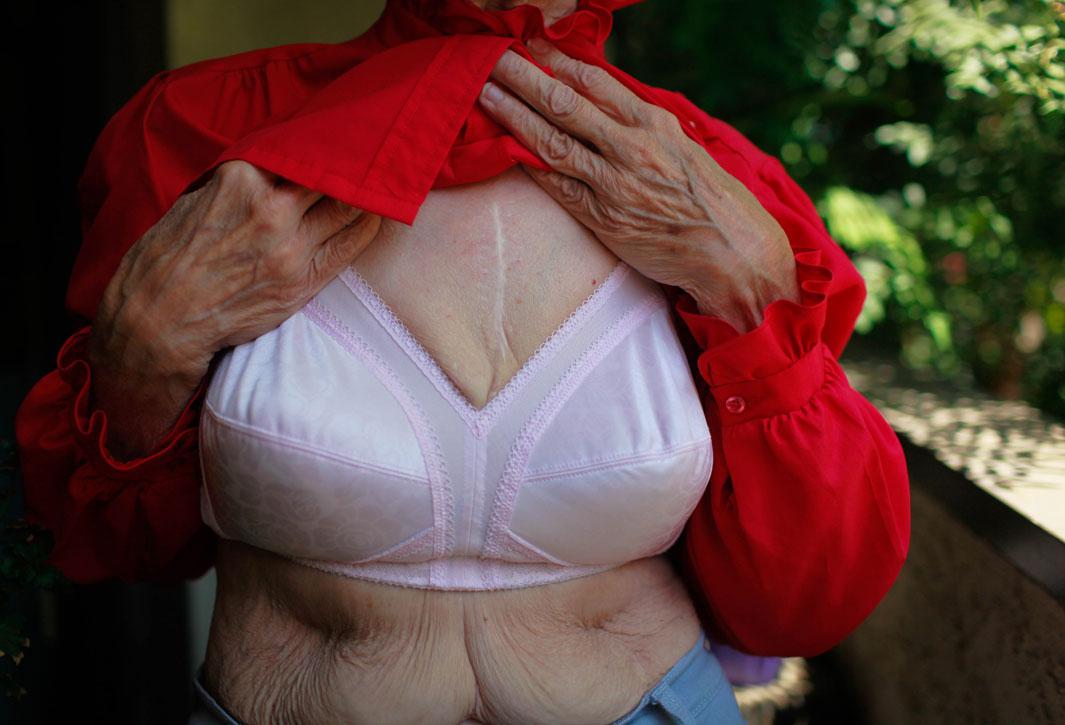
Kathy Shorr

Kathy Shorr
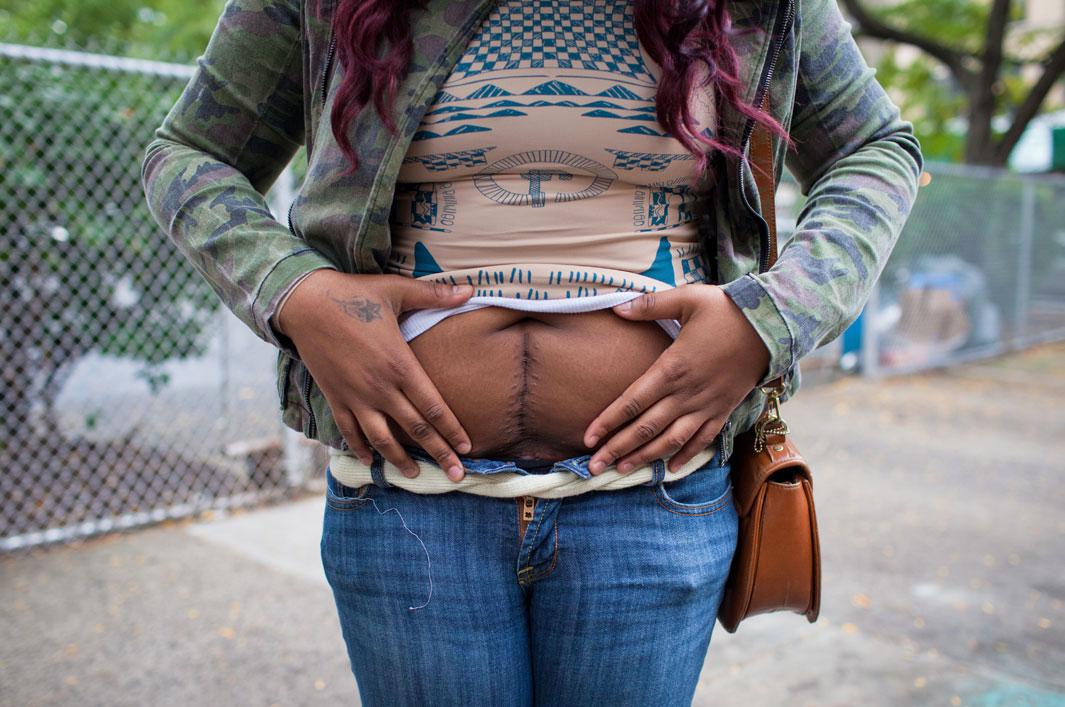
Kathy Shorr
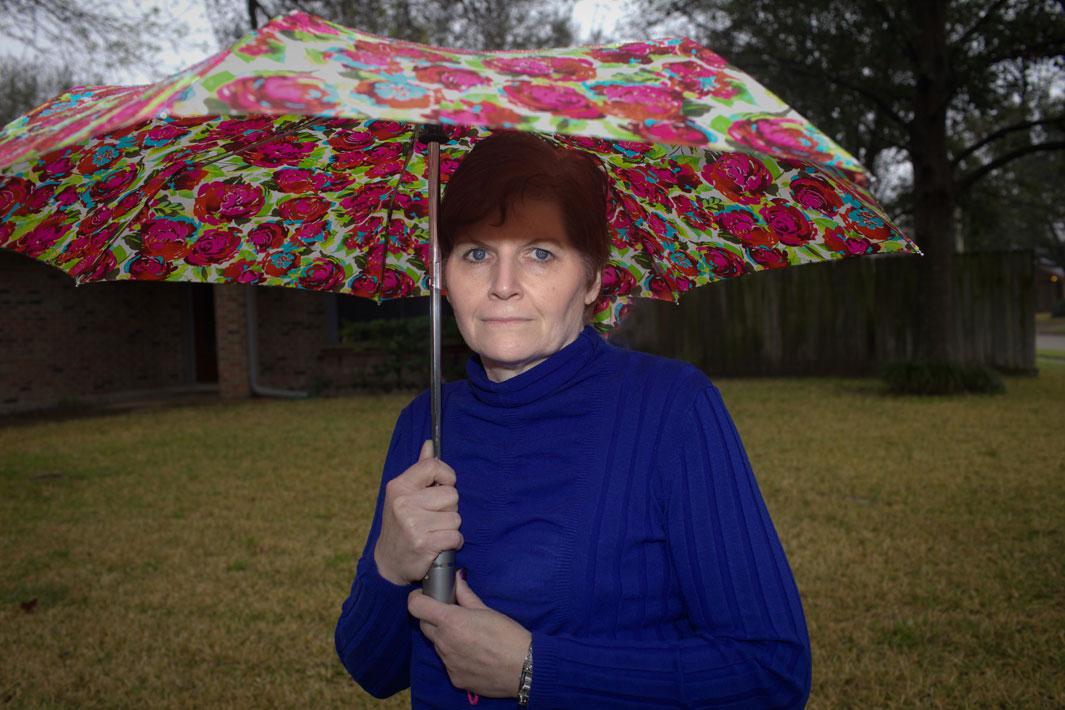
Kathy Shorr
